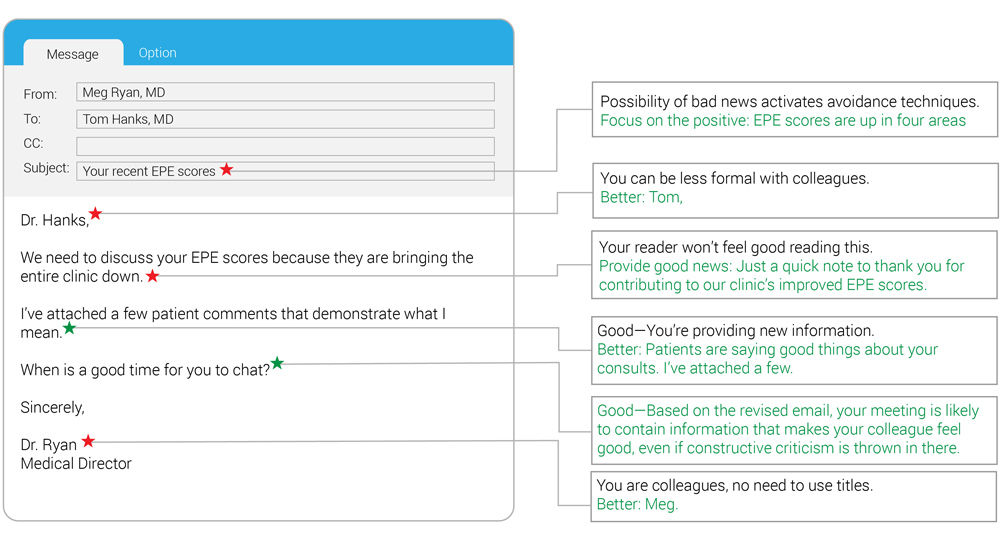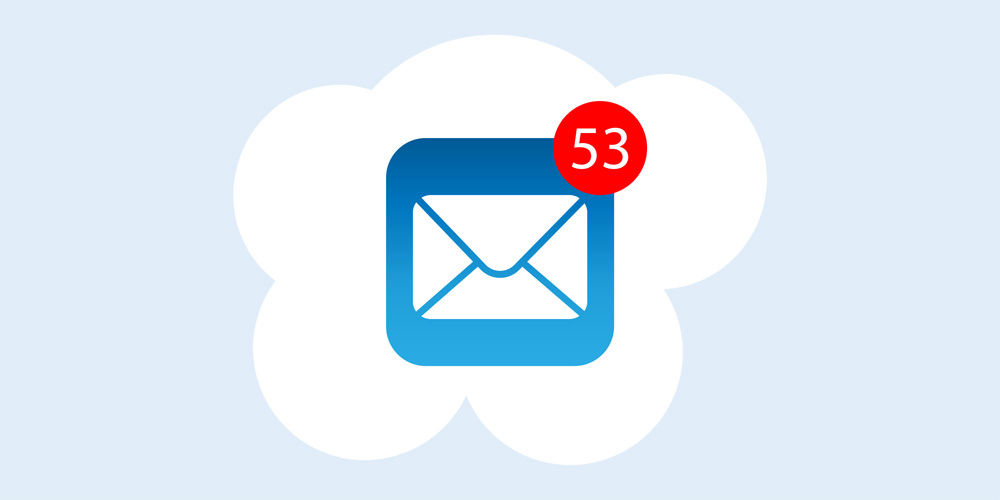Dear Effective Communicator:
In a recent column you brought up the point that email is still one of the most used ways to communicate. My cluttered inbox is a testament to that. I send and received dozens of emails every day. How can I be sure I’m getting across to people? Often people don’t respond to my emails and, if I’m being candid, I don’t always respond to theirs either.
Sincerely,
Unenergetic Emailer
Dear Unenergetic,
’m wading into dangerous territory as I consider your question. People have strong opinions about email. I’d like to take a different approach by considering your question through the frame of influence. That is: a good email is an email that does what you want it to do.
In her recent book, The Influential Mind, Tali Sharot, cognitive neuroscientist and author of the Optimism Bias, suggests three strategies for getting people to listen to you. With a little modification, they apply just as well to emails.
1. Put the new information at the top, in the subject of your email and in the very first line of your email.
We crave new information. When writing an email, put the new information at the very top—in the subject of your email, and in the first line of your email. Since many of us read emails on our smart phones, your reader will see the new information twice— and before ever opening your email.
Pro-tip: How long is too long for an email?
When composing an email on my laptop, I adjust my message window to roughly the size of a smartphone screen. I make sure that all of the important information appears in that window. If it doesn’t, I edit my email until it does, often signing off with “More information below the signature if you’re interested.”
2. How can the information you’re emailing make the recipient’s life easier?
We prefer information that makes us feel good. So much so that the brain has a type of neuron for knowledge, and another type of neuron for knowledge that feels good. This is often referred to rather cynically as “What’s In It For Me (WIIFM)?” I like Sharot’s phrasing: clarify how your information “can help people better their world.” How can the information you’re emailing make the recipient’s life easier? Or perhaps more interesting?

3. Positivity matters.
We seek out good news over bad news, positive information over negative. We’ve all experienced an email that looked like bad news and delayed opening it. Perhaps the subject line says it all: Addressing turnover on your unit. Instead, frame turnover as an opportunity to build a new employee culture that improves retention by meeting the needs of current and future employees.
Oh—and about that email I sent you a few weeks ago. Will you finally respond?
You got this,
The Effective Communicator
The Effective Communicator is Isaac Holyoak. Isaac is a deputy editor for Accelerate and leads communication for University of Utah Health Medical Group. He received a Master's in rhetoric from the Brian Lamb School of Communication at Purdue University and taught speech, argumentation, and debate to undergraduates in Indiana and Texas in his pre-health care life.
This Accelerate article originally appeared on October 11, 2018.
Isaac Holyoak
Altruism and collectivism got us through the first year of Covid-19. Now what? As anger and resentment bubbles up on the frontline, VA internist Amy Cowan addresses our short fuse by sharing a simple practice for leading daily huddles to foster a bridge to better understanding.
Leadership is not a destination, but a journey where you’re constantly evolving and entering new stages. Dayle Benson, chief of staff of clinical affairs and executive director of the University of Utah Medical Group, shares how to practice and embrace generativity to nurture the skills of those around you and become a better leader.
Effective relationships are key to creating a safe and supportive environment for clinicians and patients alike. Use this toolkit to explore how to build and integrate relationship management skills into your daily work.

